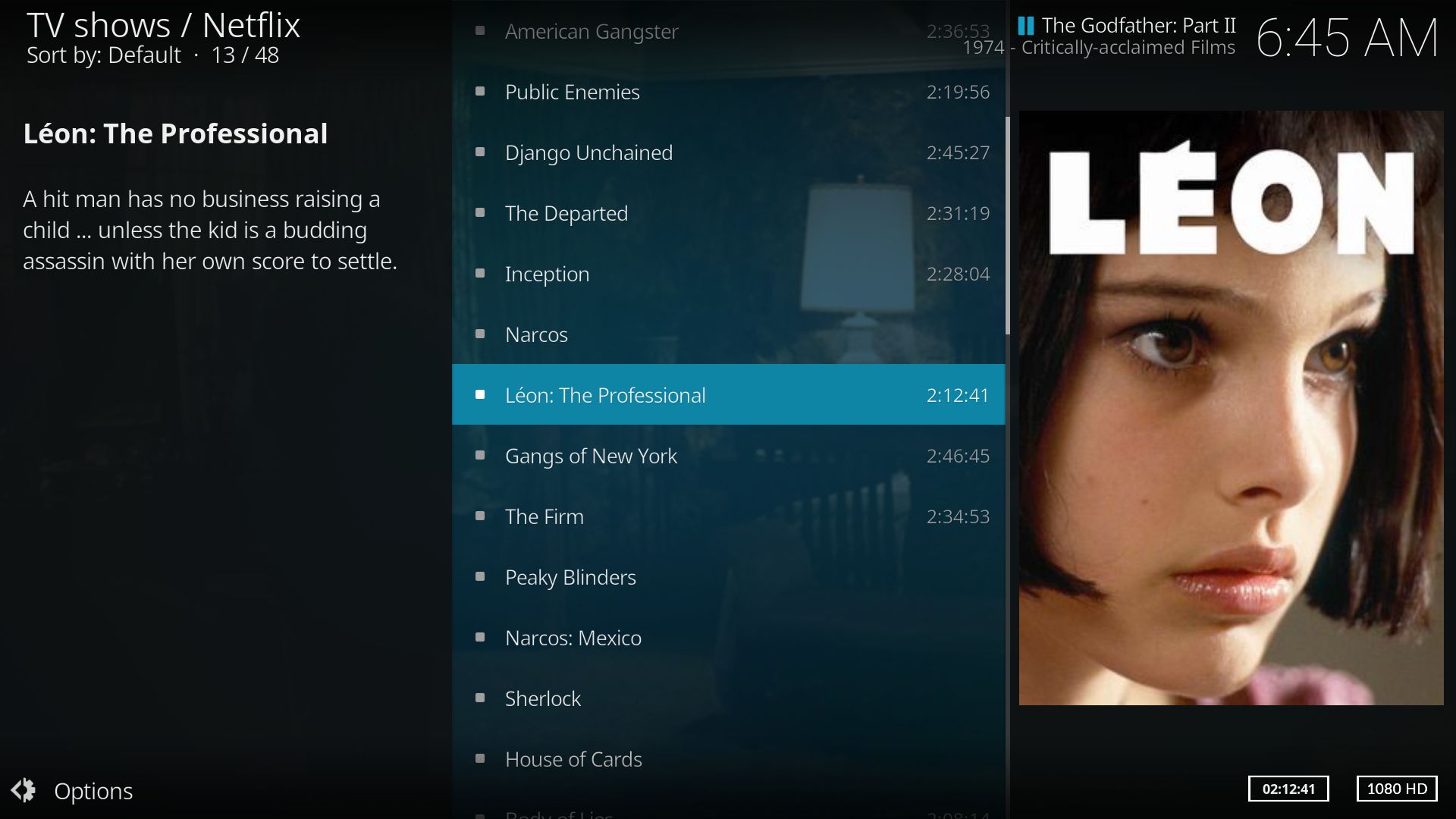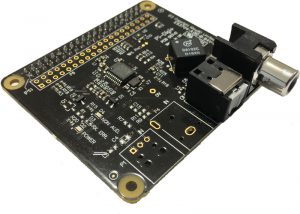

During this process, you will have to connect to Wi-Fi, set up a hostname, and share services.Once that happens, you will be greeted by Kodi and an installation wizard of LibreELEC. Remove the memory card and place it into your Raspberry Pi setup. During the initial startup, you’ll have to wait a couple of minutes for the OS to be fully installed.Finally, click on the button that says ' Write.' You have now LibreELEC installed on your microSD card.You can click on ' Download' and choose where you’d like the file to be placed.

#Pi 3 b+ kodi 17.6 download download#
This is where you can download this OS or load it if you have it locally stored. First, select a Raspberry Pi version, marked by ' 1.' Next, proceed to the second section.You can choose from this Kodi-branded Raspberry Pi 4 case or use this Kodi-branded Raspberry Pi 3 case. However, know that there are Kodi-branded cases out there (priced at only $15.95). There are many choices out there that vary in design and functionality. Housing (Case): You will also need a case for your computer board. If you need something more affordable, the Raspberry Pi 3 Model B+ board should get the job done easily. There are several variants available, letting you pick between 1GB, 2GB, or 4GB of RAM. There are many options out there, but if you need our recommendation - we suggest checking out the Raspberry Pi 4 Model B board. Raspberry Pi Board: This process starts with picking a suitable Raspberry Pi board. So, here are the required components for building a Kodi-powered Raspberry Pi device. However, you'll want to be 100% sure that you have everything you need. Assembling your Raspberry Pi computer doesn't require a lot of components.


 0 kommentar(er)
0 kommentar(er)
